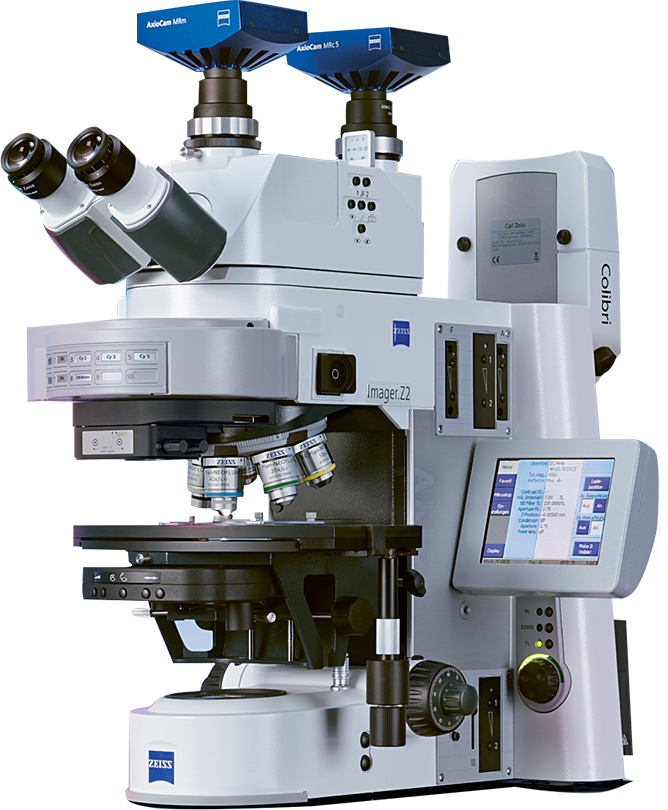Master’s in English
The program aims to provide a fundamental knowledge base for talented engineers and scientists who want to continue research in the field of developing innovative materials. Students explore the modern scientific and applied research problems of materials science, learn the principles of materials design for different purposes, observe the theoretical (thermodynamic, kinetic, structural, etc.) and experimental methods and apply it to their on-going research projects.
The program provides proper training for researchers and inventors of new materials and technologies, who specialize in the field of mechanical engineering, aerospace industry and non-ferrous physical metallurgy. Throughout the courses, students analyse structure and properties formation of the metallic details, use multicomponent phase diagrams for optimization of alloy composition and heat treatment, detect causes of the production defects and breaking of the metallic constructions during operation, use computer programs and CAD/CAM software for the production of the materials.
The program is designed to train future engineers who will implement sustainable energy solutions. Thus, its content balances between theoretical knowledge and practical skills in the field of renewable energy. Our students learn about the pros and cons of conventional and renewable energy sources, explore solar energy conversion as a concept, develop solar panels for the IoT and create “invisible” materials under the supervision of the world-renowned lecturers and scholars.
This program addresses the basic physical principles of electronic systems and devices of quantum electronics, as well as some essential manufacturing techniques and measurements of physical and chemical characteristics of quantum-sized structures and materials. Our alumni obtain a high level education, allowing our researchers to progress in the field of quantum materials science, having in-depth knowledge of physics of artificial and natural materials, superconducting electronics, qubits and superconducting sensors, nanophotonics devices, and biological objects.








